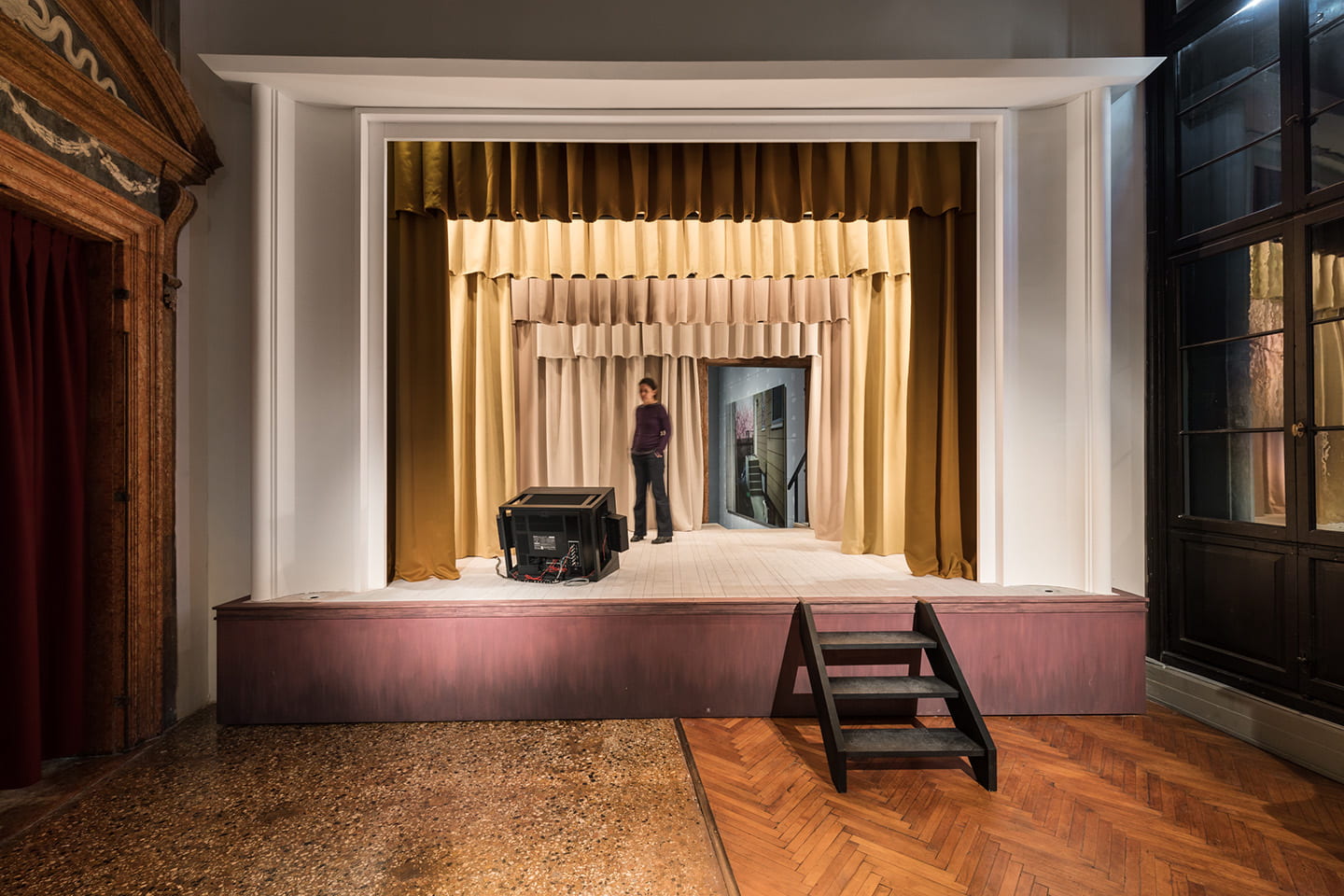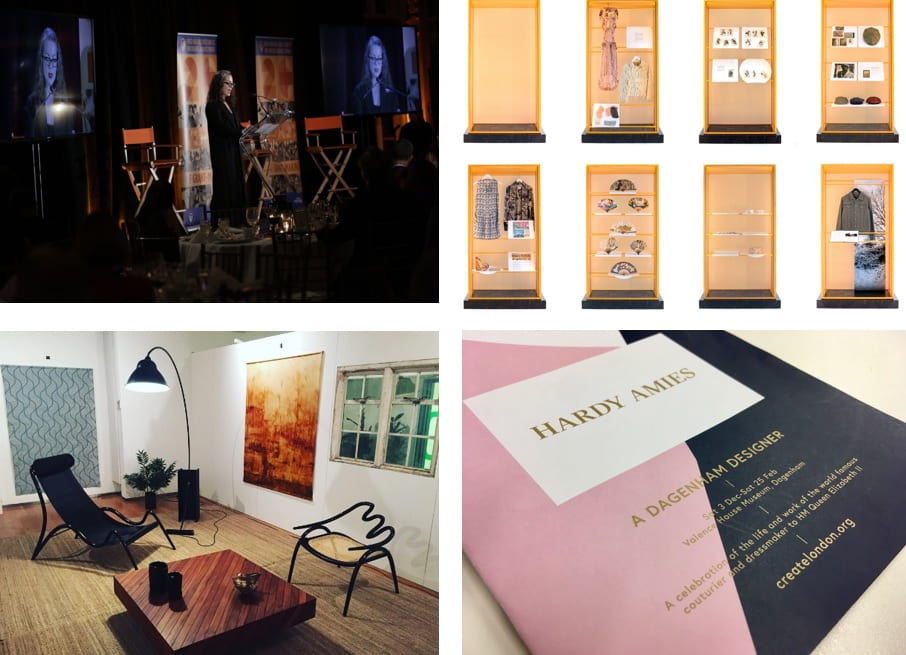“Fashion is the armour to survive the reality of everyday life.”- Bill Cunningham
As one of the Trustees of the Wallace Collection I feel fortunate to have the pleasure of visiting this inspiring place on such a regular basis.
The Wallace Collection owns one of the finest collections of fine and decorative arts in the world and is best known for its paintings by artists such as Titian, Rembrandt or Velazquez – yet there is so much more to discover.
There are many incredible collections of enamels, maiolica, miniatures, porcelain and bronzes. However, what often captures my imagination, is the magnificent collection of European (and Oriental) arms and armour – among the finest in the world.
There are many examples, dating back to the 14th century, of richly decorated parade and battle armours, as well as an incredible range of daggers, swords and guns. The beauty of design, exceptional craftsmanship and historical importance of the collection is really inspiring, so much so, that I was motivated to consider armour’s relationship to fashion.

Armour has tended to be seen primarily from a military perspective and is rarely considered for its artistic legacy, but it seemed to me, that in both a literal and figurative sense, armour has a close relationship with what we wear.
Many of us see the clothes we choose to wear as a sort of psychological armour, giving us confidence – when we look good, we feel good.
Recently Alber Elbaz was quoted in AnOther Magazine as saying “for a long time I have wondered what it is I bring to women… and then one day I got an SMS from a friend”. She said “I am in the back of a taxi, going to the court. I’m going to face my asshole husband in a divorce case. I am wearing Lanvin and feel so protected.”
Elbaz thought this was a huge compliment: “If a dress I had made, weighing around 150 grams could protect a woman against such a threat, then I have succeeded.”

Yet, there is not just a psychological relationship, but also a more tangible link to the history of dress itself, I think.
As the study of arms and armour has focused on the functional and the military, it has remained detached from mainstream art/fashion history. Seeing armour as clothing and weapons as accessories will allow a fresh look at a neglected part of fashion history.
One only has to go through the armouries of the Wallace Collection to see the importance of armour and weapons to the image of the nobleman. Noblemen were the fashion leaders of their day. For battle, parade and tournament, they wore the finest armour, especially commissioned in the latest styles.

The armour reflected contemporary notions of body image and were lavishly decorated to represent wealth, much in the same way we dress ourselves now. Armour was the clothing most renaissance men wanted.
A military point of view would suggest that armour should be designed with just protection in mind – thick enough to guard against strikes, light enough for agile movement – yet armour can be dated according to shape, proportion, decoration as effectively as clothing. This is because armour was influenced by contemporary dress, with the lines often following the characteristic lines of the clothes of the period and the etched motives borrowed from contemporary textiles.

In the late 15th century the focus of the design of armour was on long, slender legs, a high waistline with slim hips and pointed shoes. By the early 16th century this changed to a bolder more geometric design, which emphasised the broad shoulders and produced a more aggressive look. Then, by the late 16th/early 17th century, the focus had reverted back to the lower part of the body with bulging thighs, and a short, square upper body.
These developments illustrate the way armour reflected current trends and notions of body image, in a similar way to how clothing designs, such as exaggerated shoulders of the 80s, or short dresses/skirts of the 60s, come in and out of fashion now.
Seeing that almost all textiles are perishable and very few fabric items survive before 1600s, metal armour – much more likely to be preserved and still inspired by dress – can provide important evidence for understanding the history of fashion.

However, stylistic links between armour and clothing worked both ways. The medieval knight was clothed under (and over) his armour, so tailors has to design clothes to fit comfortably with a nobleman’s suit. This necessity may have influenced the ‘piece by piece’ construction techniques we often use to create our garments now.
In his book Fashion and Armour in Renaissance Europe, Angus Patterson says:
“Today we are so used to slipping on one-piece jumpers and jackets that it takes a leap of imagination to see how the constructions of armour and clothing compare. During the 16th century a man’s doublet might have detachable sleeves, a forerunner of the waistcoat, making comparisons with breastplates and backplates more obvious. Similarly a woman’s bodice was referred to as a ‘pair of bodies’, as, like body armour, it consisted of a front and a back joined at the sides. Whether one dressed in iron or in cloth one did so piece by piece.”

Designer, Juliana Sissons was interested in this ‘piece by piece’ construction of garments, how the separate components of an armour were designed and fitted together to form a suit. She used this as inspiration for a line of knitwear she developed as part of her residency at the V&A, where she had access to their collection of armours.

I love seeing fashion designers reaching into our history and using it as inspiration or a starting point for their contemporary collections. Places like the Wallace are invaluable to young designers in providing this inspiration. It may not be the most obvious place to look for fashion design, but it is proof that inspiration rarely falls in the guise you expect it to.




